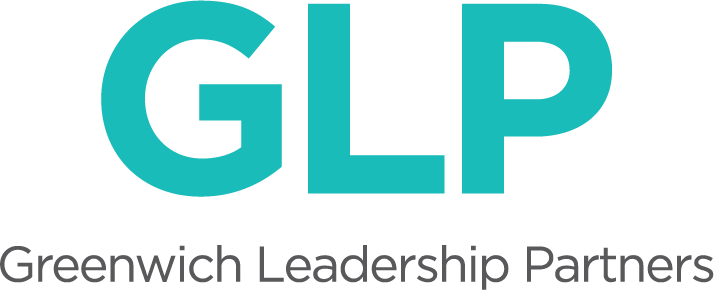Stephanie Rogen
We’ve been talking a lot about goal setting lately—for boards and executive leadership. Not surprisingly, that conversation raises questions about how goals get set within a board. It leads me to offer some thoughts on Executive Committees—and how they can lead, collaborate, and drive effective goal setting.
Many boards have an Executive Committee (EC). It’s typically composed of officers and/or committee chairs. Sometimes, depending on the board structures, it can comprise as many as 8-10 members—even half the board. Most often, this is what we observe:
The EC meets only when an issue arises, particularly if sensitive or confidential information needs to be discussed.
The EC meets prior to board meetings to review the agenda (most often prepared by a CEO or leader) and ask questions or discuss topics of interest.
The EC meets perfunctorily as a “mini board meeting” to hear updates from leadership and pre-game how issues will be socialized and/or decided by the full board. This scenario is most common with overly large Executive Committees.
Do any of these characterizations describe your EC? If you feel like your Executive Committee is, in essence, symbolic and of little value, that’s a problem. If you believe that the good work you are already doing could be amplified, you are right! Boards that thrive reimagine and activate their Executive Committees to lead, engage, partner, and collaborate with all board members and, importantly, your chief executive and senior leadership. And that’s a strong foundation on which to build meaningful goals.
Board leaders’ next question is always: What does that look like? Followed by: And how do we prevent being a shadow board?
Here’s how!
The best way to become a high functioning EC is to get to work—to activate, learn, and build capacity. A few tips to get started working in new and better ways:
Set the Table: Discuss with your board and leadership the role of the EC and develop a shared understanding of how it can improve transparency, coordination, and effectiveness for all members and for senior leadership. You may want to renew the charter for the EC in order to help clarify its role. For more on this, read The Case for The Executive Committee.
Design for Success: Meet regularly with leadership to build a plan for board meetings. How can the upcoming year of meetings advance the organization and engage trustees more effectively? How can meeting agendas focus on strategic topics, maximizing board dialogue, learning, and work—and minimizing report-outs? What connections are you making in the work from meeting to meeting? What formats and practices yield the best results?
Start with Vision, Work Backwards to Goals: Executive Committees drive focus to vision, mission, and strategy; examine what work lies with the board and what lies with leadership; and assess the overlaps. In this role, the EC fosters shared purpose, role clarity, strategic dialogue, and clear direction for the entire board. Work with your leaders to negotiate goals in ways that clearly align to vision, mission, and strategy. Use your opening board meeting to propose goals for the board and leadership, refine them, and agree on where you will focus time, energy, and resources. Too often, we assess boards to discover only a few really know what their leader’s and their board’s annual goals are—and it’s hard to build a governance team with that gap in knowledge.
The Executive Committee can drive coordinated work to develop goals—facilitating processes among the chief executive, leadership, and committees. We offer the following framework with a focus on understanding how a leader’s goals and board’s goals intersect and drive institutional goals and priorities with a focus on mission, vision, and strategy.
For more on goal setting, see Setting Goals? Tips for Success
Measure What Matters: Let’s say you’ve defined the right goals! These are useful as long as you can assess both progress and accomplishment. An Executive Committee can drive the work to establish clear measures and/or evidence the board will seek to support effective execution—often this can yield a high-level dashboard that, when utilized, can promote healthy dialogue about progress, when and how to adapt goals and tactics, and how to evaluate performance. Use your EC to coordinate the conversations between committee chairs and senior leaders, and ask them to consider the evidence (both lead and lag indicators) that they feel they need to accurately gauge progress. The EC and leadership can then propose high-level measures that both will track, translating that to an effective dashboard for board oversight.
Promote Learning: Activated Executive Committees can support goal setting, execution, and strategy iteration by engaging the board as a learning body. Most not-for-profit and school organizations have no or limited resources devoted to research and development—and the board can play a high-value role to fill this gap. Use your EC to explore topics for research, analysis, and discussion. Propose an agenda for R&D to the board and leadership—and consider how you might harness talented board members, community members, and employees to tackle these topics. The Executive Committee coordinates the work and ensures the board and leadership are invested and informed—driving the board’s capacity for long-term planning, increasing its foresight, and positioning the organization for continuous improvement and innovation.
GLP has developed many tools for chartering and activating Executive Committees, and for developing strategy, goals, and metrics. Let us know what you are learning, and please contact us if you’d like to talk a bit or access more information.


